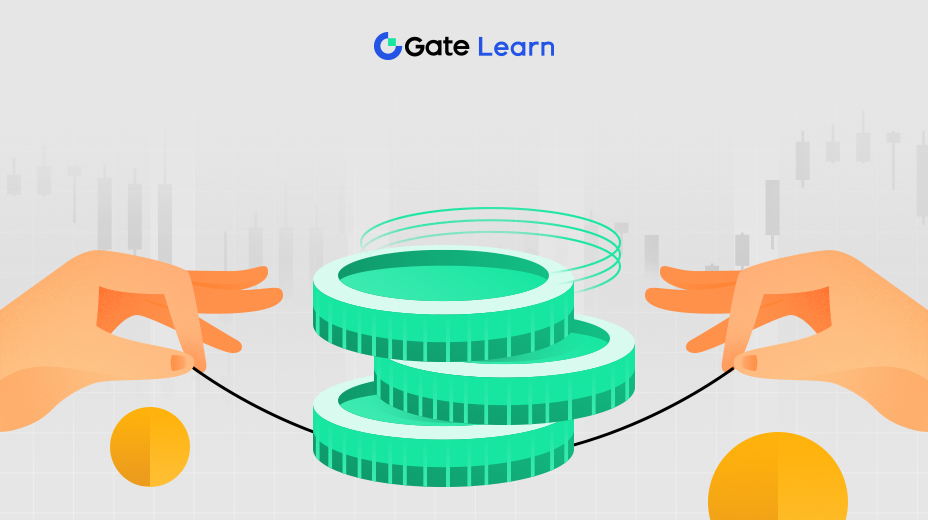Qu'est-ce que Dash (DASH) ?
Dans ce module, nous allons nous plonger dans le monde de Dash, une crypto-monnaie de premier plan connue pour son souci de la confidentialité, de la rapidité et de la gouvernance. Nous allons explorer les principales caractéristiques et fonctionnalités de Dash, sa technologie sous-jacente et sa relation avec les masternodes. À la fin de ce module, vous aurez une compréhension complète de Dash et de ses contributions uniques à l'écosystème des crypto-monnaies.
Dash, initialement connu sous le nom de Darkcoin, a été lancé en 2014 en tant que crypto-monnaie axée sur la protection de la vie privée. Construit sur une blockchain décentralisée et open-source, Dash vise à fournir des transactions sécurisées, rapides et intraçables. Contrairement au bitcoin et à de nombreuses autres crypto-monnaies, Dash utilise une architecture de réseau à deux niveaux, composée à la fois de mineurs et de masternodes, qui jouent un rôle crucial dans les opérations et la gouvernance du réseau.
Les masternodes sont un élément clé de l'infrastructure de Dash. Pour devenir un opérateur de masternode, une personne doit détenir un certain nombre de jetons Dash en guise de garantie. Les masternodes remplissent plusieurs fonctions importantes au sein du réseau Dash, notamment les transactions instantanées et privées, la gouvernance décentralisée et la gestion de la trésorerie.
L'une des caractéristiques notables de Dash est l'InstantSend, qui permet des confirmations de transactions quasi instantanées. Cette fonctionnalité permet aux utilisateurs d'envoyer et de recevoir des fonds avec des temps de confirmation réduits, ce qui rend Dash adapté aux transactions dans les points de vente et à d'autres cas d'utilisation dans le monde réel. Les Masternodes jouent un rôle essentiel dans la facilitation des transactions InstantSend en verrouillant les entrées d'une transaction et en garantissant sa confirmation rapide.
Dash propose également PrivateSend, une fonctionnalité conçue pour améliorer la confidentialité des transactions. PrivateSend utilise un mécanisme de mélange de pièces pour obscurcir l'origine et la destination des fonds, ce qui complique considérablement la traçabilité des transactions sur la blockchain Dash. Les masternodes sont chargés de mélanger et d'anonymiser les transactions, garantissant ainsi la confidentialité et la fongibilité des pièces Dash.
Dash se distingue par sa gouvernance décentralisée et son système de trésorerie. Les opérateurs de masternodes disposent de droits de vote au sein du réseau, ce qui leur permet de participer aux processus de prise de décision concernant les propositions de projets, les améliorations du réseau et les allocations budgétaires. Le système de trésorerie de Dash collecte une partie des récompenses des blocs, qui est ensuite allouée sur la base d'un vote de la communauté, soutenant ainsi le développement et la croissance de l'écosystème Dash.
Les opérateurs de nœuds maîtres de Dash reçoivent une partie des récompenses générées par le réseau. Cela incite les individus à détenir une participation significative dans Dash et à contribuer activement à la stabilité et à la fonctionnalité du réseau. Les récompenses obtenues par les opérateurs de masternodes constituent une forme de revenu passif, ce qui fait de la Dash une option d'investissement intéressante pour ceux qui souhaitent participer à l'écosystème des masternodes.
Les masternodes jouent un rôle crucial dans le maintien de la sécurité et de la stabilité du réseau Dash. Ils facilitent le consensus, valident les transactions et empêchent les attaques potentielles, telles que les attaques à 51 %, en mettant en œuvre des mécanismes tels que les ChainLocks. Le grand nombre de masternodes répartis sur le réseau renforce sa résilience et garantit l'intégrité de la blockchain.
Au fil des ans, Dash a continué à évoluer et à introduire de nouvelles fonctionnalités et améliorations. Le Dash Core Group, l'équipe de développement de Dash, se concentre sur l'amélioration de l'expérience utilisateur, de l'évolutivité et de l'adoption. Le projet a également exploré des partenariats et des intégrations avec diverses entreprises, élargissant encore les cas d'utilisation et le potentiel de Dash.
Points forts
- Dash est une crypto-monnaie décentralisée qui utilise des masternodes pour soutenir les opérations de son réseau.
- Il offre des transactions rapides et privées grâce à des fonctionnalités telles que PrivateSend et InstantSend.
- Les masternodes de Dash remplissent des fonctions telles que la vérification des transactions, la gouvernance et la participation aux processus décisionnels.
- Le réseau de masternodes de Dash permet des fonctionnalités telles que la gouvernance et la budgétisation décentralisées.





